25
Stags Leap Harvest Immersion – Day 3
Posted by | Posted in Terroirist | Posted on 10-25-2012
As regular readers know, I spent mid-October in Napa Valley doing a five-day harvest immersion with the Stags Leap District Winegrowers. Over the next few days, I’ll be detailing my activities. (The first installment was published on October 17; the second on October 19.)
Day three began just before 7:00 am at Cliff Lede Vineyards, where I was met by Remi Cohen, the director of winemaking and viticulture. We started with some (much-needed) coffee and egg sandwiches.
Until recently, Remi had been a consultant to Cliff Lede. But when Kale Anderson, Cliff Lede’s former winemaker, headed to Pahlmeyer, she was courted to join the team in a full-time capacity. And it’s quite a job. In addition to overseeing the production of about 17,000 cases of wine, Remi oversees Cliff Lede’s 60 acres of vineyards. (Interestingly, each vineyard block is named after a famous rock song.)
After finishing breakfast, we headed to the winery — where grapes were piled high waiting to be sorted. After quickly checking on everyone’s progress — and sampling some of the just-picked grapes — we headed to the tanks to taste through the fermenting wines.
We then headed into the lab, where Remi walked me through the science of irrigation management by showing me the computer software from Fruition Sciences. It was tremendously geeky — and absolutely fascinating. (In fact, Wired just published an in-depth feature on the company.)

Sauvignon Blanc in the lab at Cliff Lede.

Learning about irrigation management at Cliff Lede.
We finished the morning with some grape sampling over by Poetry Inn — where I enjoyed some stunning views!
At 9:50, I hopped in my car and drove to Baldacci Vineyards.
The Baldacci property traces its roots to 1997, when Thomas and Brenda Baldacci purchased the 17-acre property as an investment. The investment soon became a passion project, though, as Thomas kept dreaming up ways to delay selling the property. About ten years ago, it became clear to the entire family that the winery wouldn’t be sold — and that the new plan was to build a lasting legacy for the family.
When I arrived at Baldacci, I was met by Thomas’s son, Michael, who recently graduated from college and decided to join the family business. After quick introductions, Ricardo Herrera (who heads up the winemaking team together with his brother Rolando) put us to work with some pump overs. So for the next two hours, Michael and I took turns holding an extremely heavy hose over each tank.

Helping Michael Baldacci with pump overs.
While the work wasn’t terribly stimulating, it was fun to hang out with Michael, learn about the family’s vision, and hear about the Napa Valley Vintners’ Harvest Beard Contest. At about 12:30, Michael’s father came to join us, and the three of us sat down for lunch.
An hour later, I hopped in my car and drove to Taylor Family Vineyards, one of the most beautiful spots in the Napa Valley. When I arrived, I was greeted by Pat Taylor and her daughter Sandy (who works as the winery president), who together shared the history of their family’s winery.
The 23-acre property was purchased in 1980 — and at the time, it wasn’t planted with any grapes. So the family embarked on an ambitious project to convert ten acres of the ranch to vineyard. Over the next two decades, the family would simply sell the fruit. But in 2002, they decided to make their own wine — so a new, 1,000-case label was born. Today, all the wine is sold directly to consumers.
The wine is made offsite, so rather than put me to work, Sandy walked me through the vineyard to show off the vines.

The Taylor Family Vineyard.
While my third day certainly wasn’t as difficult as days one and two, it provided a much-needed mid-week break… and helped me recover from the brutal workout at Silverado!

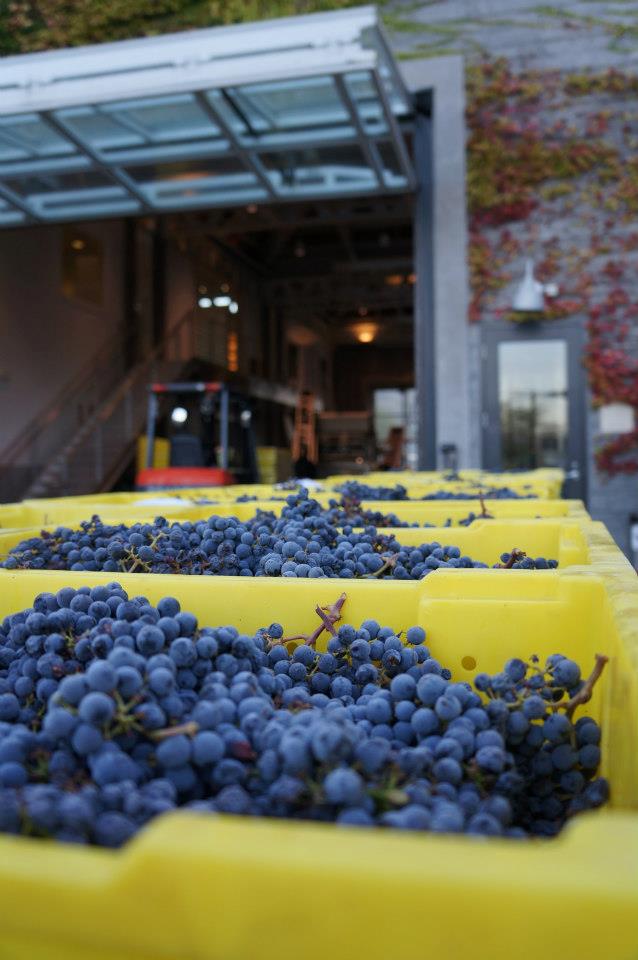
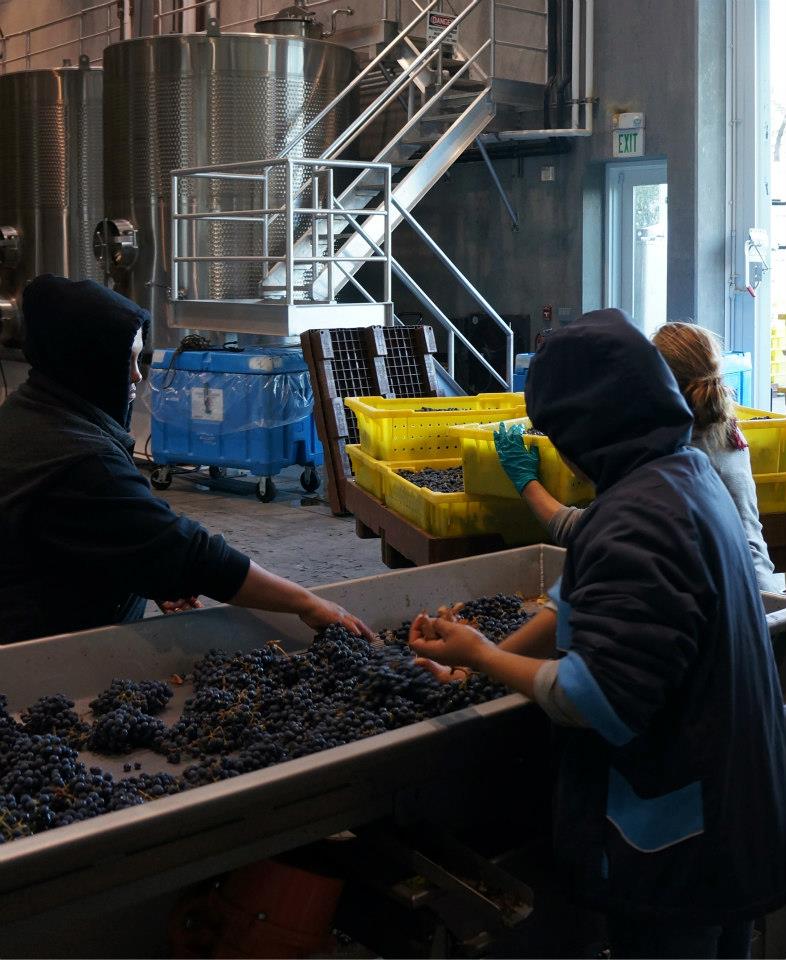
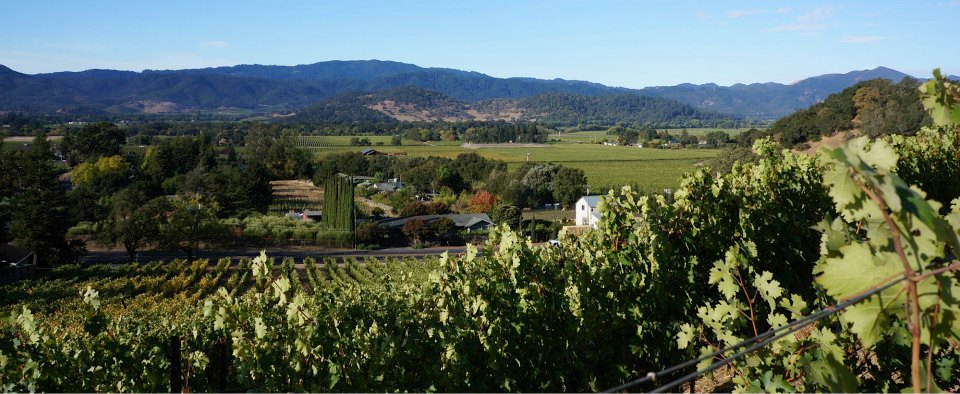


 It’s no secret that I love America’s Rhone-style wines.
It’s no secret that I love America’s Rhone-style wines.
 A full century before Byan Adams got his first real six string, Croatian immigrants were planting 10 acres of Zinfandel in Amador County. That history lives on in liquid form as the 1869 Zinfandel from
A full century before Byan Adams got his first real six string, Croatian immigrants were planting 10 acres of Zinfandel in Amador County. That history lives on in liquid form as the 1869 Zinfandel from 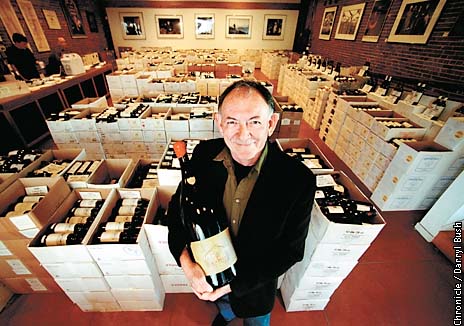 “He has made a lasting impression on the American wine importing market and his newsletter musings describing his inventory — along with the people, places, and pleasures behind a bottle — has developed quite the cult following.”
“He has made a lasting impression on the American wine importing market and his newsletter musings describing his inventory — along with the people, places, and pleasures behind a bottle — has developed quite the cult following.” 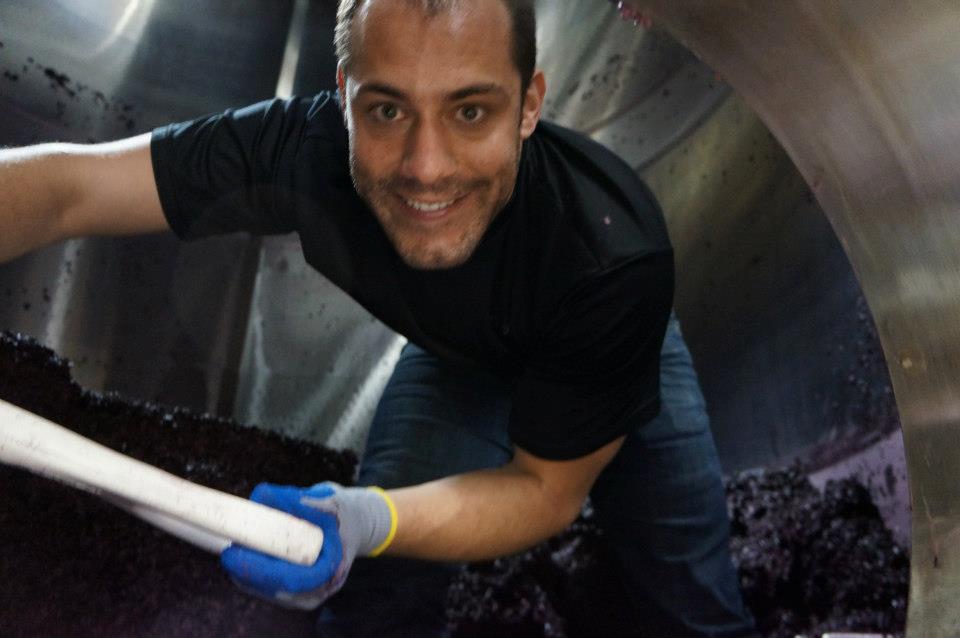

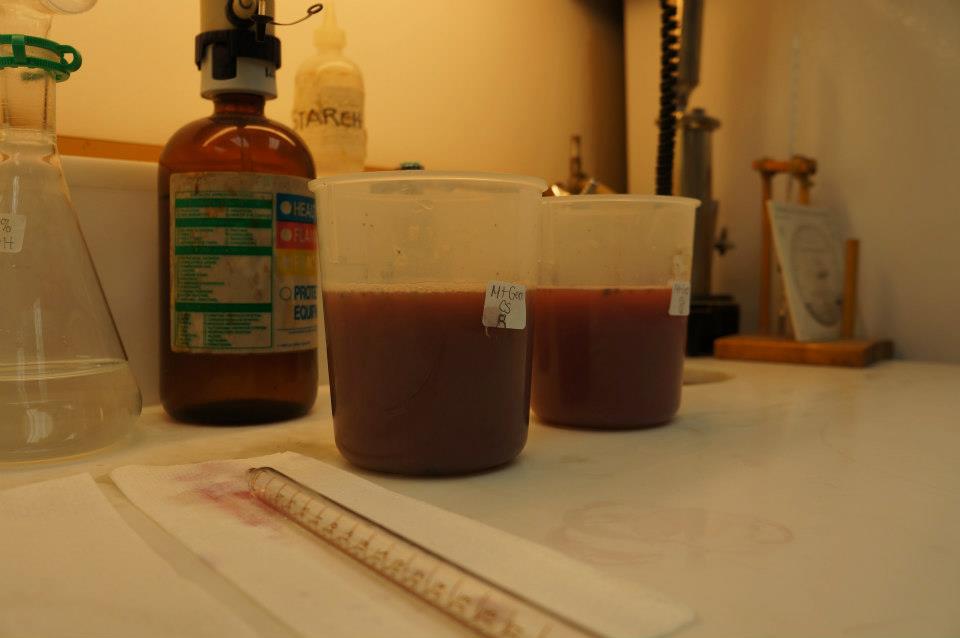
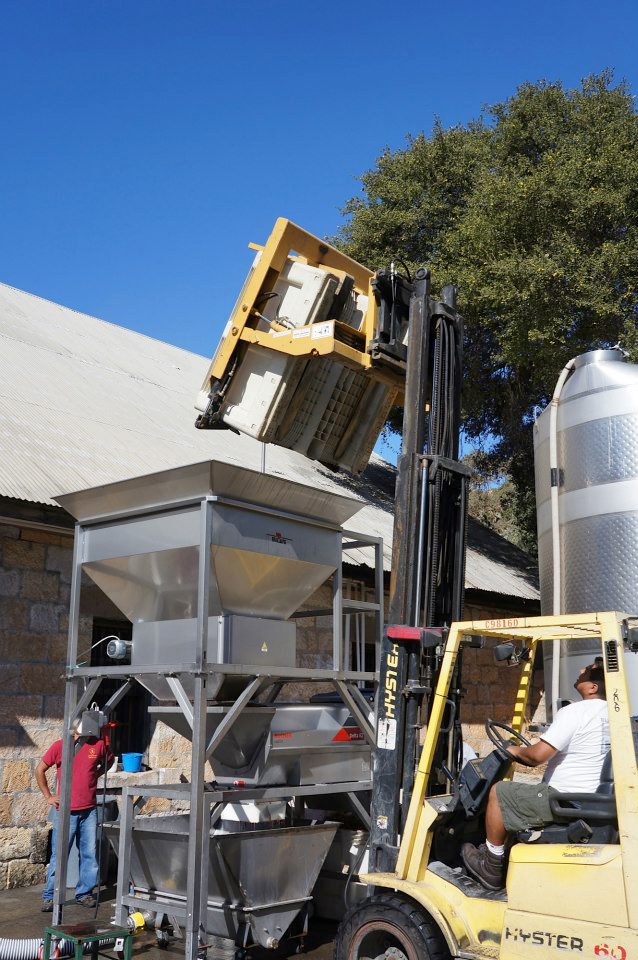
 “Baldassano, 32, is one of a handful of people who make serious wine — from whole grapes to the finished product — in their Manhattan apartments.”
“Baldassano, 32, is one of a handful of people who make serious wine — from whole grapes to the finished product — in their Manhattan apartments.” 



